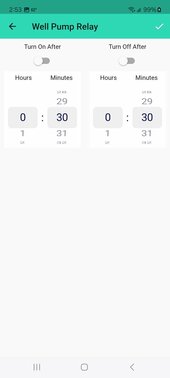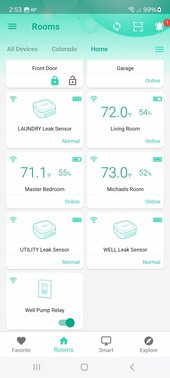Hello,
I have a 120VAC well pump triggered to start and stop by a pressure switch at the Well-X-Trol storage tanks. I want to add an auto shutoff of some kind that will stop the well pump if there's a continuous draw such as someone leaving a frost-free hydrant on or a line breaking so the well pump doesn't run continuously.
I'm thinking that a timer that shuts off the pump after, say, 30 minutes of continuous use. To restart would require manual intervention after the leak is remedied.
I'm also open to other pump shutoff methods. I've searched several times for quite awhile and I must not be using the correct terms.
What is available to serve this function?
Thanks.
I have a 120VAC well pump triggered to start and stop by a pressure switch at the Well-X-Trol storage tanks. I want to add an auto shutoff of some kind that will stop the well pump if there's a continuous draw such as someone leaving a frost-free hydrant on or a line breaking so the well pump doesn't run continuously.
I'm thinking that a timer that shuts off the pump after, say, 30 minutes of continuous use. To restart would require manual intervention after the leak is remedied.
I'm also open to other pump shutoff methods. I've searched several times for quite awhile and I must not be using the correct terms.
What is available to serve this function?
Thanks.





